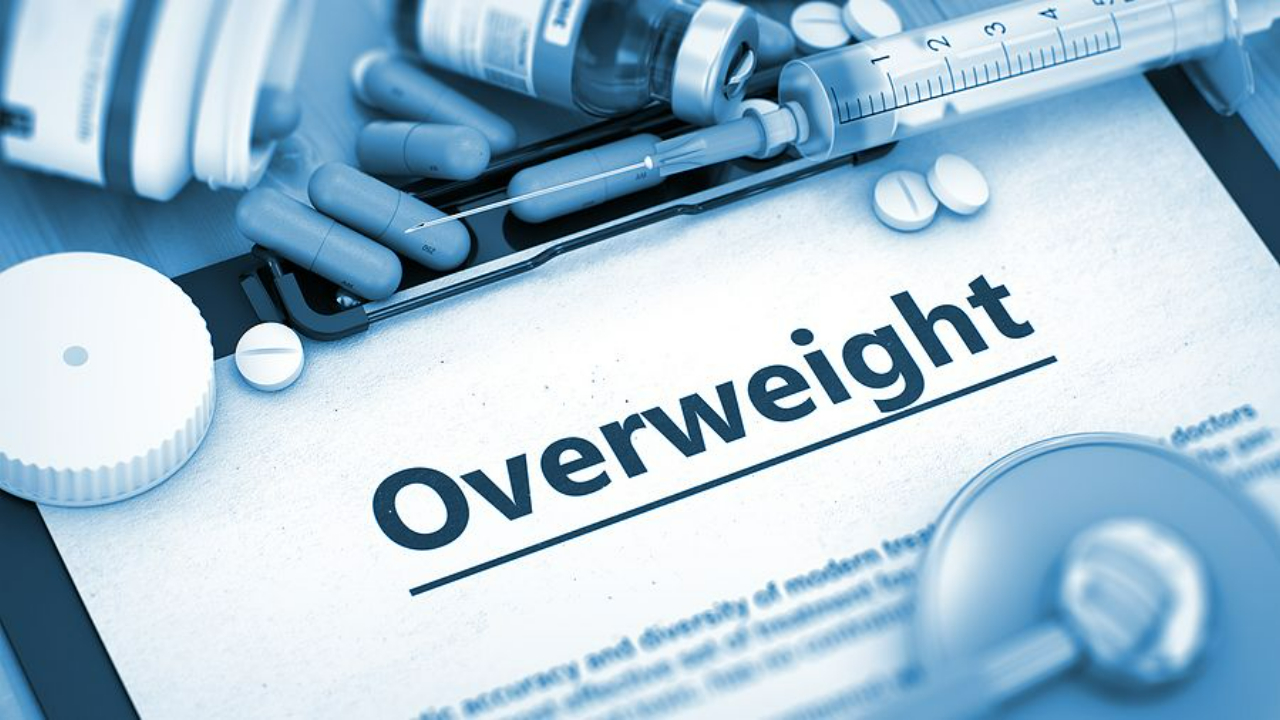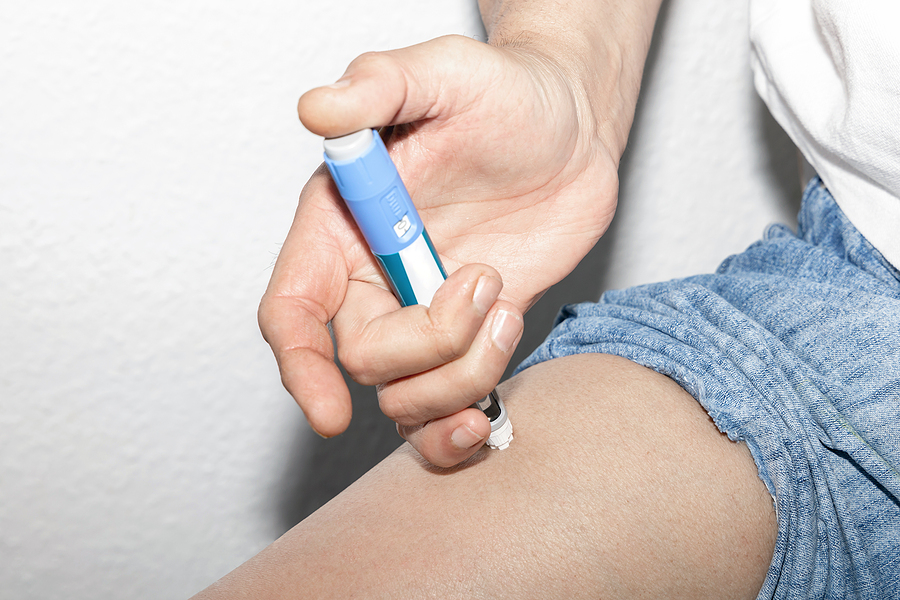
Ear Worm Marketing and Weight Loss Drugs
Jul 25, 2023by Phil Kaplan
If there’s one thing the diabetes epidemic has done for us, it’s created a new medley of “songs in our heads.”
Yep, whether we’re singing “Whoa whoa whoa Ozempic” (to the tune of the 70’s hit “It’s Magic”) or “Down with Rybelsus,” these “songs” are the equivalent of insidious ear worms that drill into the brains of those who suffer with diabetes . . . and everyone else is simply part of the fallout.
And if the ditties themselves aren’t enough to mask serious drugs as frivolous fodder for music lovers, Jardiance goes almost Broadway with an entire cast dancing as if they’re up for a Tony award.
The songs are catchy, the promises appealing. The market is vast, and just as Baby Shark, Uptown Funk, or the Na Na Na at the end of Hey Jude can play between your ears on repeat, these musical parasites drill into your skull like notorious worms that use your ear passages to penetrate your brain and weaken your resistance to purchasing something despite the fact that the disclaimer says, “may cause nausea, difficulty breathing, and death.”
When we first saw the new drug commercials fill the between segment airwaves on CNN, Fox, NBC, and 60 Minutes, they addressed diabetes and related ailments. Now, these drugs have gone so far beyond “lowering A1C in conjunction with diet and exercise,” they’re clamoring for superiority in the massive weight loss arena.
Ozempic, semaglutide and Wegovy. Enter Mounjaro and they appear interchangeable.
It became a game of choice, a medication du jour.
WHICH DRUG WILL YOU CHOOSE?

It’s absurd, but oh so effective. No, not in terms of health. In terms of revenues!
In terms of sales, "oh so effective" is an understatement.
These drugs are literal best sellers, so much so that we’re now experiencing a shortage, and the scariest part of all is, most users haven’t the slightest clue how these meds work, what they do to a human body’s biochemistry, and what the long term ramifications may be.
I’ll share just a brief explanation of how the programs I’ve created have consistently resulted in lasting fat loss by naturally producing much of the purported effect of “the new drugs.” Then I’ll go on to share a few realities of the drugs themselves, just enough to cause someone tempted to buy into the belief that “the medication is the weight loss solution” to raise an eyebrow, question the ear worm, and call in a bit of sensibility.
And then, with a few sensibilities out of the way, in a lengthier follow up piece I’ll provide some extensive history drawing attention to a pattern, a time-repeated cycle of the long awaited release of “a new weight loss drug.”
First, why my program(s) work.
THE METABOLIC REBOOT PROGRAM AND FAT LOSS
The Metabolic Reboot program has a stellar ability to reduce fat in great part because of its stabilization of the pancreatic hormones, insulin and glucagon. In order to understand the complexity of the process (rather than just buying into the scale-tipping properties of a bout with a medication), it’s important to understand that “fat melting” doesn’t exist. Perhaps it does when butter touches a hot frying pan, but not inside the human body.
Fat loss is a two-step process.
First you have to release stored fat from fat cells. Then you have to shuttle the free fatty acids into the mitochondria to be burned as fuel.
Two steps and both must be in place.
If you can’t release it, you simply can’t burn it.
As you’d expect, a human body in a state of health handles both tasks efficiently given the right stimuli. Insulin and glucagon are key players in the process.
Insulin is “a storage hormone” responsible for shuttling digested carbohydrates (glucose molecules) into the muscles and liver to be stored as glycogen (glycogenesis).
Glucagon is a “release hormone,” responsible for restoring blood glucose when necessary by facilitating “glycogen release.”
Let’s focus a bit on understanding glucagon’s natural action since the new breed of weight loss drugs act as “glucagon like peptides.” Before we understand what a glucagon imposter does, let’s examine what your body wants to do naturally.
When energy demand increases (as in an exercise state) glucagon, released from the pancreas, begins to convert liver glycogen back into glucose providing a steady stream of cellular fuel. This process is called glycogenolysis and as glucose is continually burned as fuel, glycogenolysis is amplified throughout the body.
When we call glucagon a “release hormone,” we’re referring, in part, to its propensity for releasing stored glycogen. This can, with strategic exercise, reduce glycogen storage increasing “mitochondrial hunger” and the residual increased release of fat.
The nice thing about this “hunger” managed by glucagon’s release ability is, in a healthy metabolic state, exercise induced energy demand prompts glucagon to convert glycerol molecules stored in fat cells into glucose. This is followed by a “push” for adipose cells to release fatty acids (along with the converted glycerol molecule) into the bloodstream to be shuttled into the mitochondria and burned as fuel. A simple review statement makes this clear. Glucagon releases fat to be burned!
So why doesn’t everyone release ample amounts of glucagon to mitigate fat storage? The primary reason relates to life-style induced insulin spikes. When blood sugar is high, the pancreas is prompted to shift into “insulin dominance” and glucagon production is minimized or halted. A continued escalation of insulin is a step toward the condition of “insulin resistance” where the insulin receptor sites reject the insulin molecule and transported sugar.
A BIT OF SIMPLIFICATION
If we can stabilize pancreatic hormone production, we can release fat without hinderance. Naturally. Again and again and again. The Metabolic Reboot program aims at restoring healthy metabolism and with that comes unhindered fat release.
Enter GLP1. GLP1 (glucagon-like peptide 1) is a hormonal peptide produced by select cells in the intestinal tract in response to a meal. It helps to control the speed with which that meal travels through the digestive tract, helping to manage gastric emptying so food can be adequately digested and nutrients adequately absorbed.
In its multi-tasking power, GLP1 also serves to mitigate inflammatory cytokines reducing the potential for inflammation induced compromise such as in the case of morphed insulin receptors in the progression of insulin resistance (a primary cause of Type 2 Diabetes)
GLP1 has a very short half-life so its suspected that it exerts its glucagon suppressing action, its insulin secretion ability, and its reduction of inflammatory cytokines through a chain of neuroendocrine events.
Simplicity break.
- You eat a meal, gut cells produce GLP1
- GLP1 drives increased secretion of insulin so the glucose being absorbed can be effectively stored without an elevation in blood sugar
- GLP1 also limits glucagon release so glycogen is not released as glucose in this post-meal state.
- After digestion, and in times of energy expenditure, GLP1 production is halted and glucagon can reactivate its role in fat release.
The human machine is miraculous and its innate intelligence is beyond human comprehension. Scientific exploration is also miraculous, although mysteries abound. What we have learned in laboratories and the real world alike is, when you chemically mess with a single hormone or hormonal messenger, you interrupt the endogenous endocrine chain. In other words, you can’t mess with a single hormone without messing with another.
Medicine, over the course of decades, has learned to exogenously supply GLP1 (from outside of the body) and within the last 8 years, the applications for a GLP1 drug in the management and treatment of diabetes had drug magnates jumping for joy.
And through money, research, a few cut corners, greed, consumer “want” and epidemic growth of Type 2 Diabetes, the explosion of GLP1 drugs was inevitable.

Backing up to my original intention, The Metabolic Reboot, through its science-based integration of energy management, exercise, a simple yet intricate nutrition plan, and a myriad of strategies for reversing inflammation corrects insulin/glucagon maladaptations and GLP1 and similar hormonal peptide structures perform as nature intended. There isn’t any unwarranted interruption of the endocrine chain because it prompts “a return” to prior excellence. It allows the systems of your body to, in a sense, return to “factory settings.”
When GLP1 is "delivered" by an external source, much of the natural "feedback loop" running to and from the hypothalamus is disrupted, and beneficial actions such as timed gastric emptying, activation of appetite neurochemicals (controlling the hunger/satiety cycle), and direct relationship between energy need and substrate release are randomized.
Still, it appeared the excitement over the idea of using a drug to control insulin and blood glucose, one with a side effect of weight loss, was going to override long term cautions and long-term large scale studies.
Let's get to these new drugs.
HELLO SEMAGLUTIDE
I promised after explaining a bit about how The Metabolic Reboot ensures fat loss, I’d share a few realities about the assortment of drug releases with “semaglutide” as their primary ingredient. I’ll get to the drugs themselves in a follow up piece, but begin exploring the pros and cons of a GLP1 prescription with these 4 realities as a filter.
- There isn’t any element of any of these drugs that addresses repair of metabolic compromise. Without “fixing the machine,” the cessation of the endocrine interruption is more than a bit likely to result in residual weight gain. If muscle tissue is sacrificed during the “use” period, body composition is likely to be worse than before the first use of the drug. And any cytokine control exerted by exogenous use of a drug will likely be absent, restoring inflammatory compromise.
- The “diet and exercise’ part that “sensible doctors” know is at the heart of maintaining health seems to have gone out the window. In their initial release, the disclaimers said “should be used in conjunction with a program of diet and exercise” and “is not to be used for weight loss.” What happened?
- Read the insert. The actual insert. Such as the one that begins with Ozempic® may cause serious side effects, including: possible thyroid tumors including cancer. The actual side effect risks make up a long list, and with time in the marketplace, the FDA is receiving an “uncomfortable’’ number of adverse event reports.
Taking into account only these 3 factors, a reasonable conclusion would be, “after the weight loss, the choice of whether to stay on the drug or cease its use can be whittled down to a question of “would you rather risk thyroid cancer, pancreatitis, and kidney concerns, or simply gain the weight back?”
Read that choice again. Understand what I’m suggesting.
I'll take it just one step further.
Now understanding a bit about the mechanism of action of these GLP1 drugs, realize that digestive side effects, ranging from discomfort and vomiting up through and including gastroparesis (paralyzation of the stomach), and maladaptations that affect appetite and blood sugar, are near-inevitable.
More "side effects" are likely to reveal themselves over time (as has been the case with every weight loss drug as it climbed in distribution).
Continued research is investigating links between semaglutide drugs and suicidal thoughts, gallbladder disease, and renal failure. At the very least, these are considerations that should give you pause.
The magnetic force that continues to draw people to seek out "a new drug" is the illusion that the outcomes are aligned with the desired benefit. The fact is, throughout history, the perceived benefit of weight loss, when achieved through pharmaceutical intervention, has led to frustration, side effects, and the eventuality of "adverse reactions" leading to a drug's removal from the market. I'll walk you through this historic pattern in the follow up article.
Why do I sound so certain "new information" will emerge on drugs that were "approved" after purportedly conclusive trials? Because 60,000 prescriptions are being written per week for an audience that has not been taught to understand the true mechanism of action, the importance of considering the risks, and the natural options they really have for healthful lasting weight loss.
A final question for the moment. Why are so many people bypassing sensibility and "trying" a new drug even though they have some trepidation and a sense that maybe these new drugs are not the panacea they appear to be?
Ear worms. The incredibly influential TV commercials are constructed to bypass the power of the cerebral cortex and create a sense of impulse by ingraining catchy tunes in your limbic system. Stop singing "Whoa oh oh Ozempic" and think through at least some of the points I've shared. Before making what may be a costly decision.
If I’ve discouraged you from believing a weight loss drug is your long term answer, great. Let’s see if a Metabolic Reboot is the right course of action for you.
If you’re still entertaining a lively self-talk debate, it might do you some good to take a breath, drink some water, take another breath and read this novel history of weight loss drugs.





